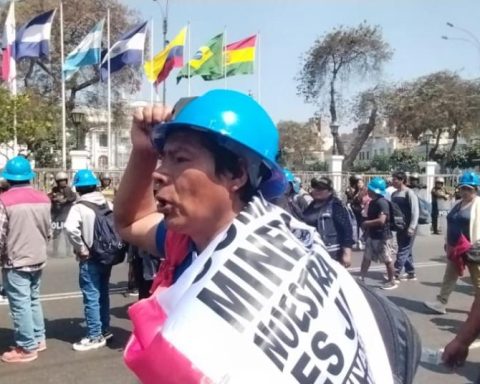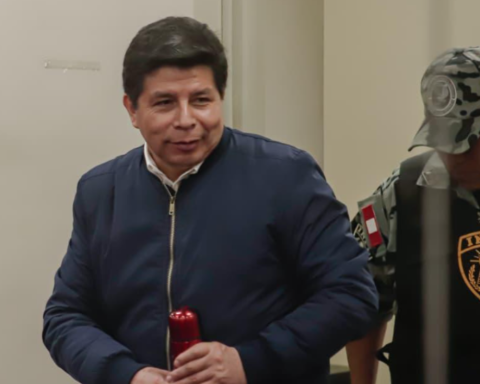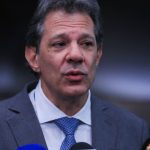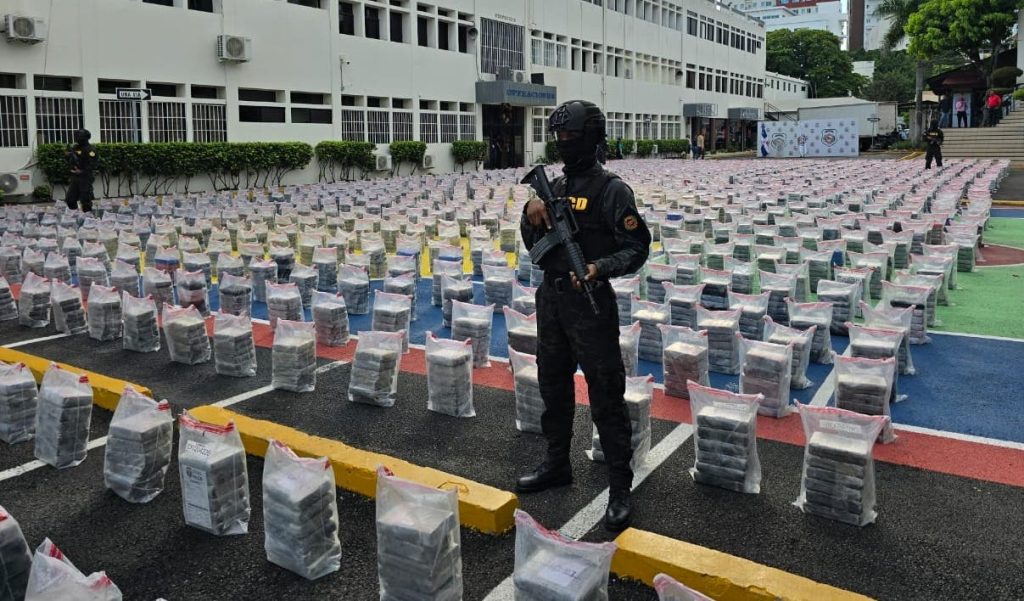He Peru will close in 2024 with a growth of around 3% (3.2% as estimated by the Central Reserve Bank), after a drop of 0.55% in 2023, and amid uncertainty policy, insecurity citizen, as well as populist and short-term norms.
Look: Growth is not enough for youth progress
The speech of Executive During the year he aimed at an economic recovery, although he forgot that an advance of less than 5% does not help to generate quality employment or reduce the poverty figure in large quantities. He Governmenton countless occasions during the year, has also wanted to attribute the stability of the currency and low inflation as an achievement, without recognizing that this merit belongs to the monetary policy of the Central Reserve Bank (BCR), an organization that is autonomous and without political interference.
WHAT LEAVES 2024
The year was marked, once again, by populist measures, such as the seventh withdrawal of funds from the AFP and free access to 100% of the accounts for compensation for time of service (CTS). Both actions, thinking in the short term, boosted private consumption, but are not sustainable over time.
And although the 2024 result will only be known in February of next year, between January and October the economy grew 3.02% according to the National Institute of Statistics and Informatics (INEI). It is the fishing sector that registers the greatest growth with an advance of 19.73%, while the financial and insurance sector is the only one with negative data (-1.86%) so far.
Something that also marked this year in economic matters was the failure to comply with the fiscal rule for the second consecutive year. In July and within the scope of the powers granted to the Executive by Congress, Legislative Decree 1621 was approved, which established adjustments to the macrofiscal rules referring to the economic result of the non-financial public sector. In this way, it was established that this year’s fiscal deficit should not be greater than 2.8% of the gross domestic product (GDP). This percentage was above the 2% of GDP initially projected.
However, this goal will not be met, as happened in 2023. The BCR, in that sense, estimates that the deficit will close at 3.7% of GDP, that is, almost one percentage point more than the projection of the Ministry of Economy and Finance (MEF).
Petroperú and new support from the Executive for more than US$2,000 million were also in the economic agenda this year. The state company changed its board again, electing the radical leftist Alejandro Narváez as president of the oil company, who has minimized the critical financial situation in which the oil company finds itself, which in the third quarter reported accumulated losses of more than US$745 million .
Look: Peruvian exports will exceed US$72,000 million
HALF CELEBRATION
From the Executive there is a lot of interest in highlighting this year’s growth; However, for the former Minister of Economy and Finance Luis Miguel Castilla and the Public Policy Manager of the Peruvian Institute of Economics (IPE), Víctor Fuentes, there are no reasons to celebrate this progress.
The former head of the MEF specified that the increase in private consumption mainly explained the recovery of the economy. He indicated that the increase in the latter was associated with the low growth of inflation, which is within the target range (between 1% and 3%). “This is not attributable to the Executive, but to the Central Reserve Bank,” he added.
For Castilla, something that also moved the needle of the economy were exports, which are estimated to exceed US$75 billion this year. As he explained, this responds to the international context and the good price of metals.
In addition, he considered that there are factors that prevent the takeoff of private investment, such as the high turnover of authorities that harms the progress of projects, as well as the lack of willingness of the Executive to stop populist measures that are approved in Parliament.
“The recovery we see now is normal, with the risk of being interrupted. Populist measures have had a high fiscal cost,” he said.
Meanwhile, Víctor Fuentes considered that the 3.2% growth is “mediocre” and insufficient for the country, since Peru needs to advance at rates close to 5%.
Likewise, he pointed out that, although the Executive has projected the reduction of poverty, this contraction would only be one percentage point, compared to 2023 (it affected 29% of people).
“We project four consecutive years of non-compliance with the fiscal rule, and to boost the economy it is not necessary to boost public spending, but rather projects,” he stated.
Look: MTC assures that Chinchero Airport will be ready at the end of 2026
CHANCAY OPENS OPPORTUNITIES
A recent Ipsos survey published by Perú21 revealed that the inauguration of the Port of Chancay is the main event or event of the year. This terminal, 60% of which belongs to Cosco Shipping Ports Limited, and the rest to the Peruvian Volcan Compañía Minera, has put Peru in the eyes of the world and allows it to position itself as a port hub.
This work, which was inaugurated in November within the framework of APEC and with the presence of Chinese President Xi Jinping, required an investment of around US$1.3 billion in its first stage. The project aims to connect South America and Asia with the reduction of time for shipments, which will go from 35 to 40 days to approximately 25.
According to data from the Lima Chamber of Commerce (CCL), this terminal could move between 30% and 40% of the national maritime cargo destined for Southeast Asia during the first years. As recalled, China is currently Peru’s main trading partner, with approximately 353 Peruvian micro and small companies that export to that country.
Among the products that will benefit from this terminal are agricultural products, such as grapes, blueberries, avocados, mangoes; and fishing, such as squid. Coffee, maca, camu camu also have more opportunities. For imports, the impact it has on the industry such as the automotive industry is important.
Among the advantages that the port brings is that it will receive large vessels with a loading capacity of up to 25,000 containers. Meanwhile, the Executive has indicated that Chancay will contribute approximately 0.9 points to the Peruvian gross domestic product (GDP).
However, to take advantage of this port even more, it is necessary that the regulatory framework for special economic zones (SEZs) be released, which was approved in Congress, but only in the first vote. The proposal proposes, among other things, that the operators of these SEZs can have an income tax rate of 0% in the first five years.
Take advantage of the NEW EXPERIENCE, receive our enriched digital newspaper by mail and WhatsApp. Peru21 ePaper.
Now available in Yape! Find us at YAPE Promos.
RECOMMENDED VIDEO

















